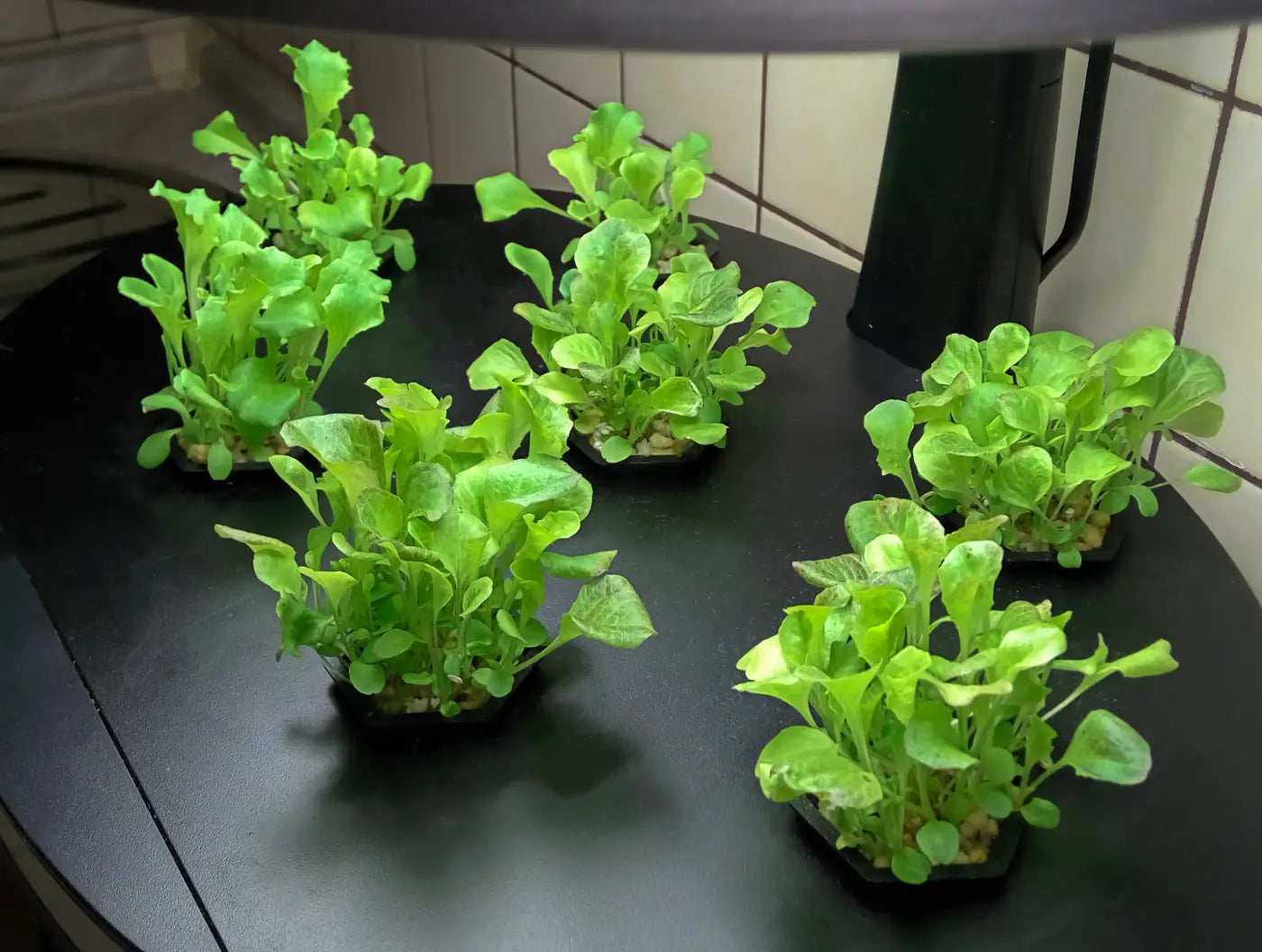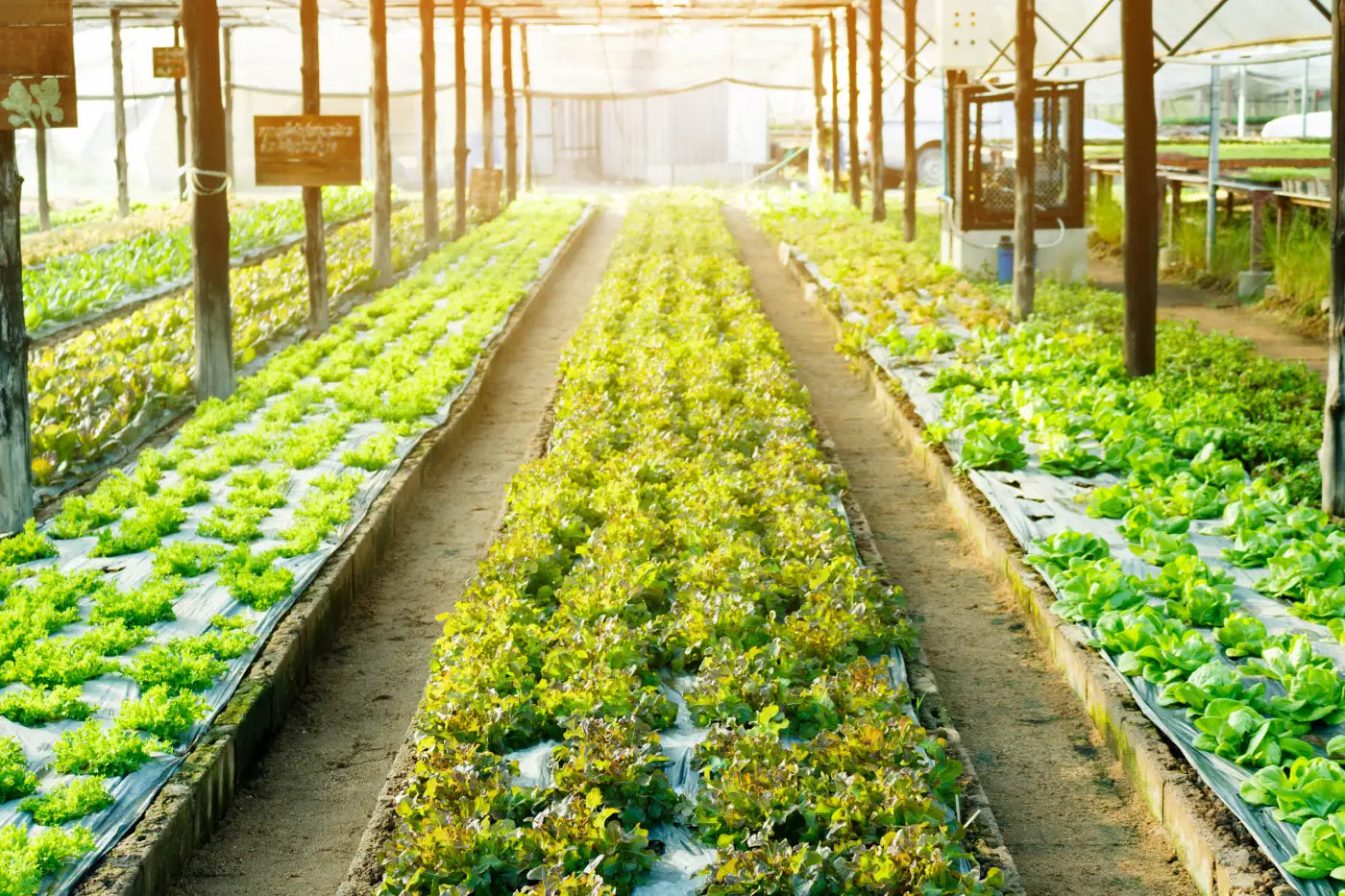
Fast-Growing Indoor Plants: Bring Life to Your Home
Top Fast Growing Indoor Plants for Instant Greenery
Bringing a touch of nature indoors can brighten up your living space and improve your overall well-being. Indoor plants add a sense of vibrancy and freshness, and they can even help purify the air in your home.
If you're looking for indoor plants that will quickly transform your space, consider fast-growing varieties. These plants tend to produce new leaves and stems rapidly, adding a burst of greenery in no time.
- Spider plant
The spider plant is a popular choice for beginners due to its low maintenance requirements and fast growth rate. It thrives in bright, indirect light and prefers moist but not soggy soil. Spider plants are also known for their air-purifying abilities.
- Pothos
Another easy-to-care-for option, the pothos can tolerate a wide range of lighting conditions, making it adaptable to various indoor spaces. It's also a fast grower, with long trailing vines that can be trained to climb or hang.
- Snake plant
The snake plant is known for its resilience and ability to survive in low-light conditions. It's a slow drinker, so it doesn't require frequent watering. Snake plants add a touch of elegance with their upright, sword-like leaves.
- ZZ plant
The ZZ plant is another low-maintenance option that can thrive in neglect. It can tolerate low light and infrequent watering, making it ideal for busy individuals or those who travel frequently. ZZ plants feature glossy, dark green leaves that add a touch of sophistication.
- Peace lily
The peace lily is known for its beautiful white blooms and ability to purify the air. It prefers bright, indirect light and moist soil but can tolerate some neglect. Peace lilies add a touch of elegance and tranquility to any space.
- Philodendron
Philodendrons are a diverse group of plants with a wide range of growth habits and foliage types. They are generally fast growers and can tolerate a variety of lighting conditions. Philodendrons can add a variety of textures and colors to your indoor space.
- Aloe vera
The aloe vera plant is not only a fast grower but also a valuable medicinal plant. Its gel is known for its soothing and healing properties. Aloe vera prefers bright, indirect light and well-draining soil.
- Bamboo palm
The bamboo palm is a fast-growing palm that adds a tropical touch to any indoor space. It prefers bright, indirect light and moist soil. Bamboo palms can grow quite large, so be sure to choose a pot that can accommodate its growth.
- Rubber tree
The rubber tree is a classic houseplant that is known for its large, glossy leaves. It prefers bright, indirect light and moist soil. Rubber trees can grow quite tall, so be sure to provide it with ample space.
- Monstera deliciosa
The monstera deliciosa is a trendy houseplant with large, perforated leaves. It prefers bright, indirect light and moist soil. Monstera deliciosa can grow quite large, so be sure to provide it with a sturdy support.
These are just a few of the many fast-growing indoor plants that can bring life to your home. With a little care and attention, you can enjoy a vibrant and thriving indoor garden that will enhance your living space.
Benefits of Growing Fast-Growing Plants
Fast-growing plants offer several benefits, making them appealing for various purposes:
Quick Harvest: They have short growth cycles, allowing for quicker harvests. This is advantageous for farmers and gardeners who want a faster turnover of crops or a continuous supply of fresh produce.
Soil Improvement: Some fast-growing plants, like legumes (e.g., clover), have nitrogen-fixing abilities. They enrich the soil by adding nitrogen, improving its fertility for subsequent crops.
Erosion Control: Rapidly growing plants with extensive root systems, such as certain grasses and ground covers, can help prevent soil erosion by stabilizing the soil and reducing water runoff.
Carbon Sequestration: Fast-growing trees, like certain species of poplar or willow, are efficient at absorbing carbon dioxide from the atmosphere. They contribute to carbon sequestration, aiding in mitigating climate change.
Aesthetic Value: For landscaping purposes, fast-growing plants can quickly create greenery, offering shade, privacy, or visual appeal in a shorter time compared to slower-growing species.
Teaching and Learning: They are excellent for educational purposes, especially in classrooms or home gardens, as they allow for observing and understanding plant growth processes within a shorter timeframe.
Biodiversity and Habitat Creation: Fast-growing plants can be used to establish habitats for various wildlife quickly, supporting biodiversity and ecosystem restoration efforts.
Medicinal and Therapeutic Uses: Certain fast-growing plants have medicinal properties and are used in herbal remedies. Their quick growth allows for a more sustainable harvest for these purposes.
Remember, while fast-growing plants offer many benefits, they might also require more maintenance, including adequate watering, fertilization, and pruning, to ensure healthy growth and prevent invasive tendencies in some cases.

How to Choose the Right Fast-Growing Plants for Your Home
Choosing the right fast-growing plants for your home involves considering several factors, including your available space, lighting conditions, watering preferences, and desired aesthetic.
Here's a step-by-step guide to help you make an informed decision:
Assess your space: Consider the amount of space available for your plants. Some fast-growing plants, like fiddle-leaf figs and snake plants, can grow quite large, while others, like spider plants and pothos, tend to stay more compact.
Evaluate your lighting conditions: Different plants have varying light requirements. Identify the areas in your home that receive bright indirect light, low light, or no light at all, and choose plants accordingly. For example, succulents and snake plants thrive in low light, while spider plants and pothos can tolerate a range of lighting conditions.
Consider your watering habits: If you're prone to forgetting to water your plants, choose drought-tolerant species like succulents, pothos, and ZZ plants. For those who enjoy regular plant care, consider water-loving plants like spider plants, peace lilies, and prayer plants.
Determine your desired aesthetic: Fast-growing plants come in a wide variety of shapes, sizes, and colors. Decide whether you prefer plants with bold foliage, delicate vines, or vibrant flowers. Some popular options include philodendrons, monsteras, peace lilies, and cacti.
Research specific plant care requirements: Once you've narrowed down your choices, take the time to research the specific care requirements of each plant. This includes watering frequency, light requirements, humidity levels, and soil type.
Choose reputable sources for your plants: Avoid purchasing plants from unreliable sources, as they may be diseased or have been improperly cared for. Opt for reputable nurseries, garden centers, or online retailers known for their quality plants.
Start with smaller plants: When starting out, it's often a good idea to choose smaller plants that are easier to manage. As you gain experience, you can gradually introduce larger, faster-growing varieties.
Tips for Caring for Fast-Growing Plants
Fast-growing plants add a vibrant touch to any home or outdoor space, but they require consistent care to maintain their rapid growth. Here are some essential tips for caring for fast-growing plants:
Provide Ample Light: Most fast-growing plants thrive in bright, indirect sunlight. Choose a location that receives at least 6-8 hours of sunlight per day. For indoor plants, place them near a south-facing window or consider using grow lights.
Watering: Fast-growing plants generally require more frequent watering than their slower-growing counterparts. Water the soil deeply when the top inch feels dry to the touch. Avoid overwatering, which can lead to root rot.
Soil and Nutrient Requirements: Fast-growing plants need well-draining, nutrient-rich soil to support their rapid growth. Choose a potting mix specifically formulated for fast-growing plants or amend your garden soil with organic matter like compost or aged manure.
Fertilization: Regular fertilization is crucial for providing essential nutrients to fast-growing plants. Use a balanced liquid fertilizer diluted to half strength every two weeks during the active growing season (spring and summer).
Repotting: As your fast-growing plant outgrows its pot, it will need to be repotted into a larger container. This will provide more space for the roots to expand and absorb nutrients, ensuring continued growth.
Pruning and Deadheading: Regular pruning helps maintain the shape of your fast-growing plant and encourages new growth. Remove dead, damaged, or diseased leaves and stems as needed. For flowering plants, deadheading spent blooms promote further flowering.
Pest and Disease Control: Monitor your fast-growing plants for signs of pests or diseases. Common pests include aphids, mealybugs, and spider mites. Use organic pest control methods whenever possible. If diseases arise, isolate the affected plant and treat it promptly with appropriate fungicides or pesticides.
Monitor for Signs of Stress: Observe your fast-growing plant for signs of stress, such as drooping leaves, discoloration, or slowed growth. These indicators may signal issues with watering, nutrient deficiency, pests, or diseases.
Consider Humidity Requirements: Some fast-growing plants, particularly tropical varieties, prefer higher humidity levels. If you live in a dry climate, consider placing your plants on pebble trays filled with water or misting them regularly.
Caring for fast-growing plants can be a rewarding experience. Take pride in watching your plants flourish and appreciate the beauty they bring to your surroundings.




